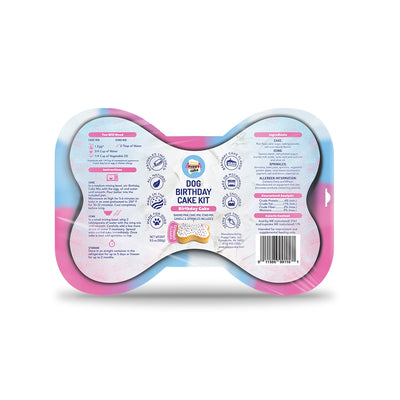Should I Feed My Dog Rawhide?
Feed or not to feed rawhide to your dog? THAT is the question. Although it is a personal preference; here are a few facts about “rawhide” chews that may aid in your decision.
When considering a chew for your dog, you must first ask the “purpose” of the chew. Is it for a teething pup, a power chewer, or used as a dog pacifier??? Let’s look at the “pros” & “cons” of a rawhide chew versus a natural (or highly digestible) chew.
For years, rawhide has been one of the most popular and requested chews for dogs. The inexpensive price tag makes them an appealing choice.
However, most people are not aware, nor understand the process of creating a rawhide dog chew. Let’s delve into a brief overview of the process behind creating a “rawhide” chew, first.
- Initially, a variety of animal hides are obtained from a slaughter house and sent to a tannery. During the tannery process the layers of hide are soaked in highly toxic chemicals in an effort to separate the layers.The top leather layer is utilized to produce goods for cars, shoes and etc. The second layer is what is used to develop dog chews, also known as, rawhide. Additional processing removes hair and fat from the hide.
- An attempt to make the rawhide more consumer appealing, is the removal of color from the hide. This yields a bright white color. This process is completed by soaking the rawhide in a toxic mixture of hydrogen peroxide and bleach. This process contaminates the chew. If this initial mixture is unsuccessful then formaldehyde or other toxic chemicals are introduced to achieve the market ready appeal of whitening the hide.
- In continued, processing painting of the hide occurs. With a now bleached white canvas, paint is added to make the leathered hide appear tasty. Some are painted with titanium oxide. The combination of the chemical processing in addition to the paint chemicals can prove to be a poisonous concoction and very harmful to your dog! It may go undetected due to the slow process of them chewing and slow ingestion of the chemicals on a smaller scale.
- Last but not least is the shape. Shape is an important factor in customer approval and purchase. Many companies utilize glue to create the bone shape or cylindrical shape desired. This glue carries its own toxins.
While rawhide chews provide a much cheaper initial price tag; ultimately the expense of fixing the damage they may cause your beloved pet, is much more costly vet bill in the long run.
Known issues with Rawhide chews:
-unwanted toxic chemicals ingested by your pet
-intestinal blockage from undigested hide
You now may be asking what to do for your pet and their need to chew!
We recommend a safer, non-toxic, highly digestible, NO-Hide alternative!
Many of which we carry in our store and on our website.
No-Hide Chews: a healthy, nutritious and digestible alternative to rawhide. Made with different proteins and 6 simple ingredients that are rolled and baked for an enjoyable, safe chew.
No Hide Chews for small, medium dogs, and cats
BarkWorthies Beef Shin Bone- a healthy, natural long-lasting chew stuffed with a soft bully blend. Meant for the serious chewer!
Smartbones: Made with real chicken, vegetables and other healthy ingredients to provide a safe, chemical free chew for dogs.
Antlers- Deer and Elk antlers are the safest choice for heavy chewers as they don’t splinter like bones do. 100% natural and great for those with allergies.
Himalayan Chews: a long lasting- all natural chew. Made of a hard cheese that is lactose, preservative, gluten and grain free. One of our store favorites!








